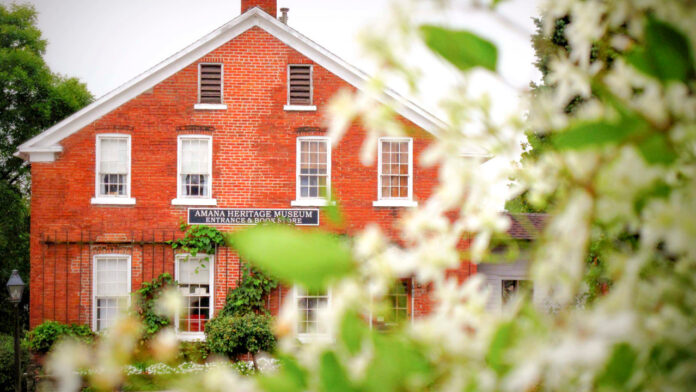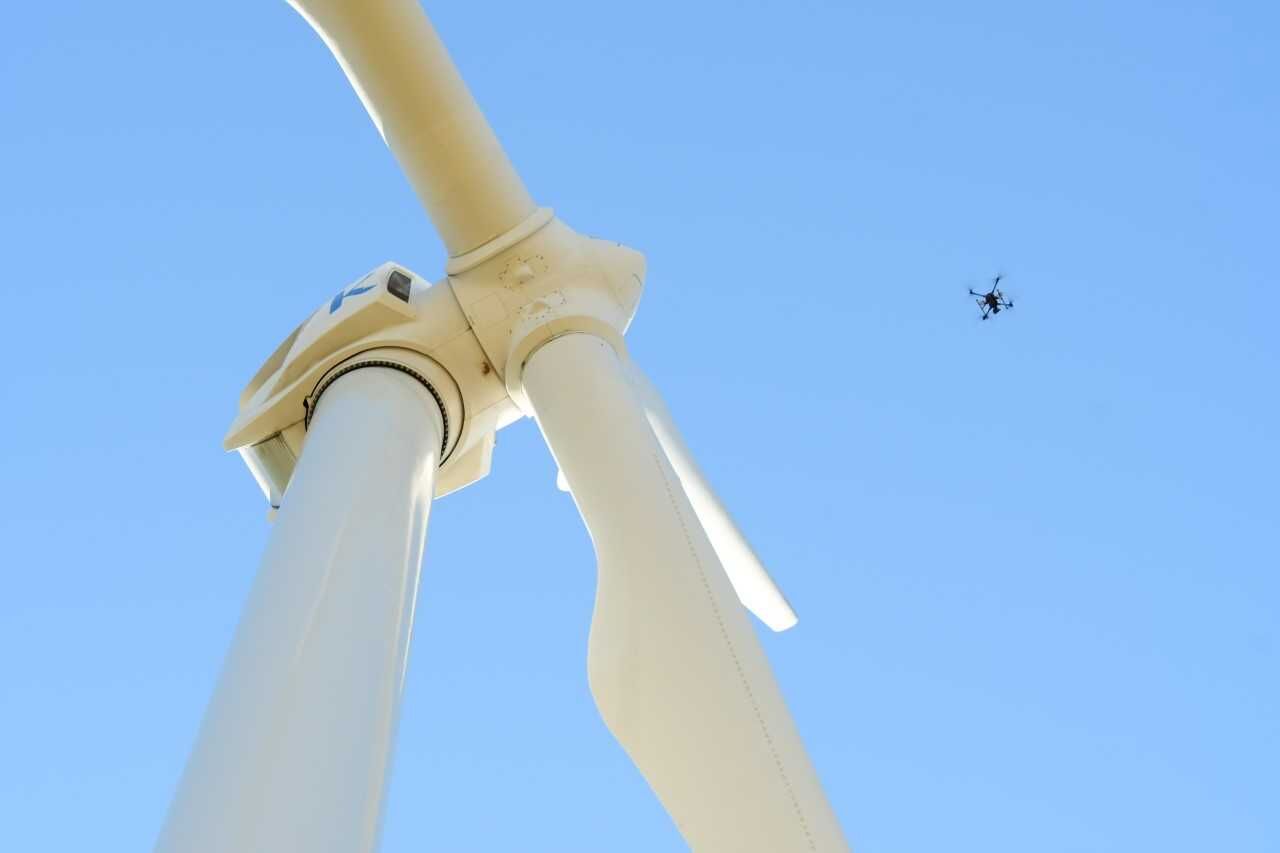
The Amana Colonies, long considered one of Iowa’s leading tourist attractions, is also one of the nation’s top tourist traps, according to a recent USA Today report.
Stacey Colledge begs to differ.
Ms. Colledge, executive director of the Amana Colonies Convention & Visitors Bureau, said the seven villages that make up the Amana Colonies in Iowa County are routinely among the state’s top destinations for travelers, attracting an estimated 1.5 million visitors per year overall.
“We are definitely a huge draw,” said Ms.Colledge, noting that the Amana Colonies’ visitors bureau is the state’s oldest, first established in 1965.
“It’s always been a goal of ours to share our history and our heritage with the larger community,” Ms. Colledge said. “If that makes us a tourist trap, then I guess so be it. But we’re a community based on a really rich and fascinating history, and there’s a lot more than just the commercial aspect. Unfortunately, if someone doesn’t have a lot of passion for history or architecture or any of that sort of thing, then then they may not find this their cup of tea, but I would say that the Amana Colonies has a lot more to offer than just a tourist trap approach.”
The USA Today article, titled “The 100 biggest tourist traps nationwide,” is based on analysis of 23.2 million Google reviews, submitted as of July 2023, of the 500 most popular tourist attractions in the world, spanning 65 countries in six continents.
The criteria: How frequently did the reviews mention the terms “tourist trap,” “overrated” or “expensive.”
The report then “compared attractions to one another by measuring the relative frequency of these mentions, dividing the number of mentions in each case by the total number of reviews for that attraction.”
From that analysis, the report listed tourist attractions, both worldwide and across the United States, that were considered overrated or overpriced.

The Amana Colonies was listed 14th among the Top 100 tourist traps worldwide, based on 11 reviewers mentioning “tourist trap” (.44%) among 2,509 Google reviews overall.
That list was topped by the Four Corners monument in Arizona, the Salem Witch Museum in Massachusetts and the Calico ghost town in California.
Another top Iowa attraction, the Field of Dreams in Dyersville, was listed as the 93rd most overpriced attraction worldwide, with 27 of 3,398 Google reviews (.79%) mentioning the word “expensive.” That list was headed by the Blue Lagoon in Grindavik, Iceland, the Capilano suspension bridge in Vancouver, Canada, and the California Academy of Sciences.
Ms. Colledge noted that the USA Today report was based solely on Google reviews, and even so, the Amana Colonies has an overall Google rating of 4.6 out of 5 stars.
“And most of the most recent reviews talk about how much people enjoyed the community, the history and the handmade crafts,” she said. ”I mean, every publication is looking for a good article to write that will attract readers. And while this was probably a good one to attract those folks, I don’t know if it’s completely an accurate portrayal.”
Many of the Amana Colonies’ attractions are free to visit, Ms. Colledge said, while most of the area’s numerous festivals charge a nominal fee for attendance.

“We purposely keep our attractions, such as our Heritage Museum and our events, at a price point that most people can afford,” she said. “It’s $10 to get into the Amana Heritage Society Museum, and that gives you access to multiple museums across four villages. I would say that’s not really a price-gouging, expensive ticket price to get through several museums and learn more about us.”
Some of the Amanas’ businesses and restaurants, including the renovated Amana Woolen Mill and the furniture shop, feature high-end merchandise, but many items are hand-crafted or utilize premium materials and ingredients, Ms. Colledge said.
Even taking that factor into consideration, the businesses and buildings themselves have a time-honored charm, she said.
“Just like any other historic community, we have a lot of beautiful buildings,” she noted. “You can walk around the community and just do some sightseeing. We also have a lot of outdoor activities for people who like to be out in nature. We have wonderful trails, and of course we’re right on the Iowa River, and so there’s kayaking and canoeing as well. We have a lot of amenities for people to enjoy, like any historic community might have.”
Ms. Colledge said she feels it’s possible some of the more negative Google reviews came from visitors to the Little Amana development along Interstate 80, which features the now-closed Wasserbahn waterpark and hotel as well as other shops not directly tied to the Colonies.
“I think a lot of people mistakenly took that as the Amana Colonies, not realizing that you have to go a little bit further north to actually get into the Colonies themselves,” she said. “If you’re looking at that perspective, I think there might have been a misinterpretation of what the actual Colonies are. We do have some lovely businesses out at that interchange. But we encourage people to come a little bit further north and actually see the villages.”
Several measures have been taken in recent years to make the Amana Colonies more visitor-friendly, Ms. Colledge said, and an initiative is now under way to build a new, historically sensitive community park and playground in Middle Amana. Organizers hope to complete that project in 2024.
“It’s going to have structures that mimic a lot of the existing buildings,” she said. “There’s going to be elements of the playground that are going to relate to the agriculture and forestry that’s been happening in this area for generations. And it’s going to be a free playground, open to the public.”
Overally, the Colonies boast a historical track record few other Iowa communities can match, Ms. College said.
“The Colonies were originally established in 1855, and since the 1960s is really when it’s been open to inviting the community to share,” she said.”We’ve endured a lot of change over those years, and we’ve always been a place that people feel welcome to come and enjoy themselves, have great food and see some amazing craftsmanship and artistry. I think it just has a generational appeal – you bring your kids or your grandkids, and then they bring their kids and so on. We had a booth at the (Iowa) State Fair, and I can’t tell you how many people stopped at our booth and said ‘oh my gosh, we used to go there as a kid with grandma every year.’ It’s a family tradition for so many generations. When I think of a tourist trap, I often think of an amenity or a business that has some notoriety, but that notoriety doesn’t have a lot of depth to it. That’s just not us.”




